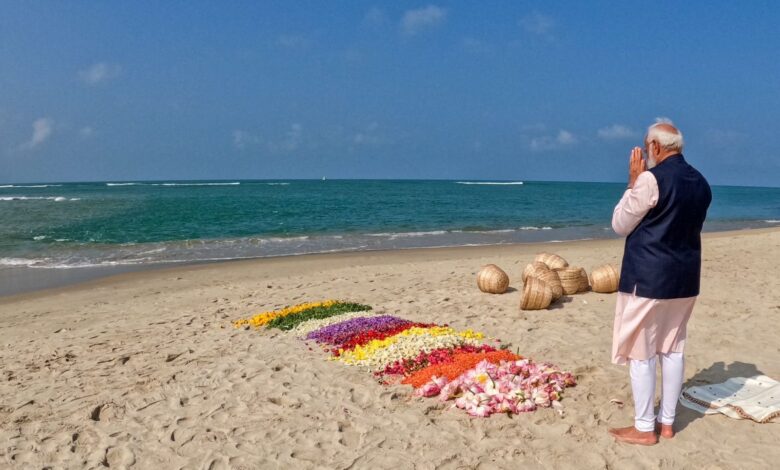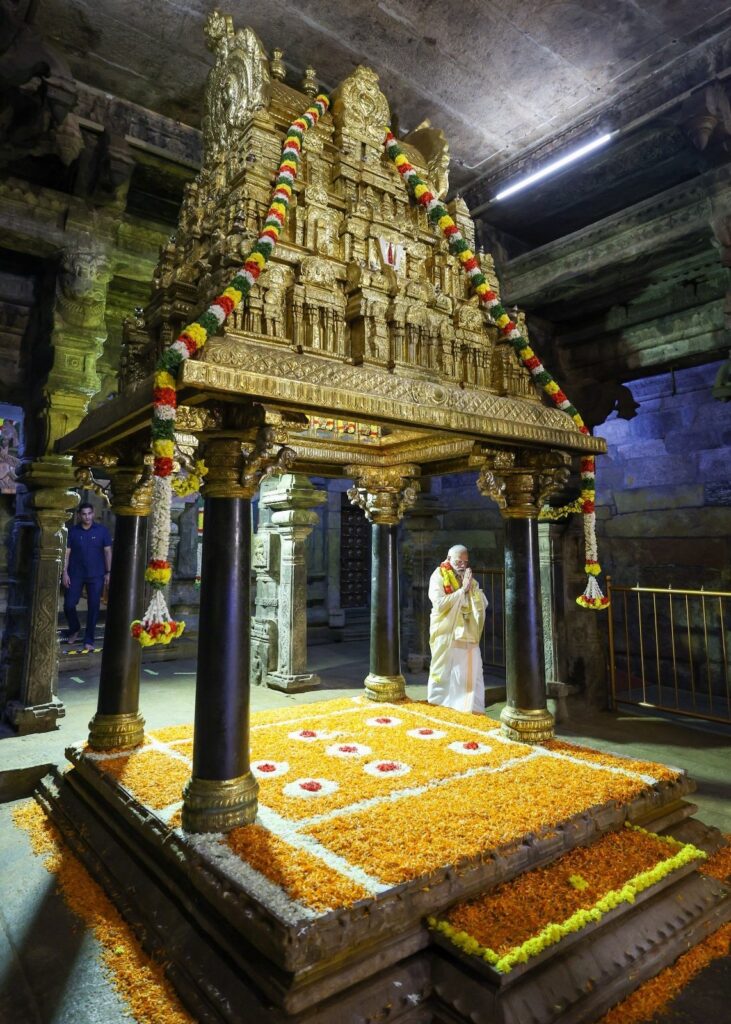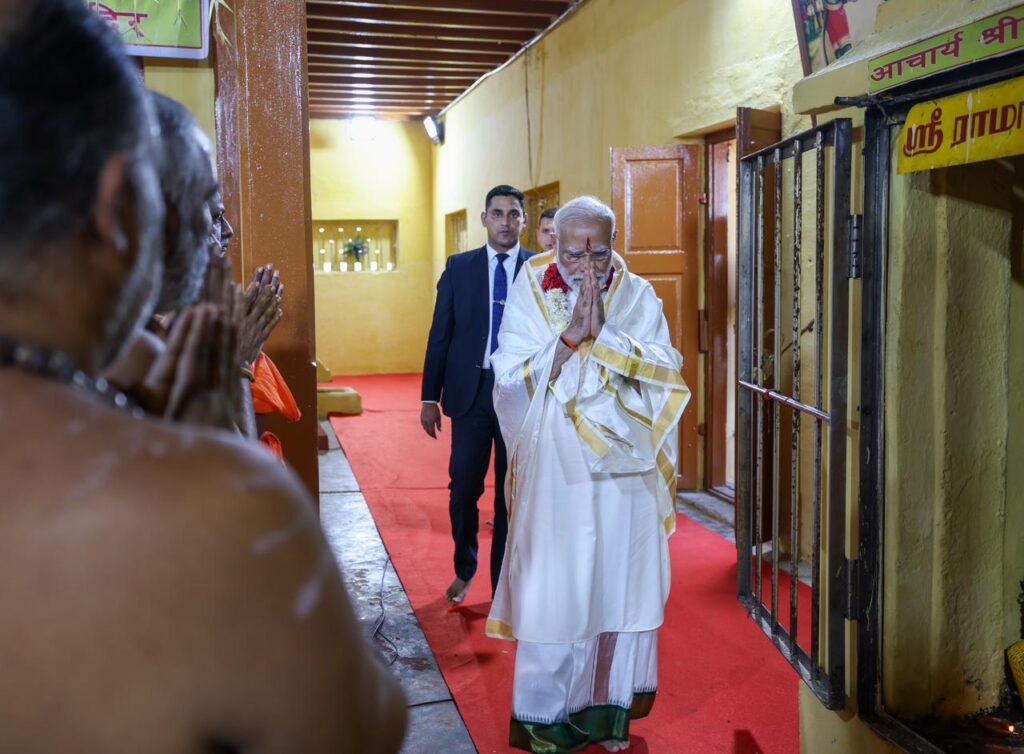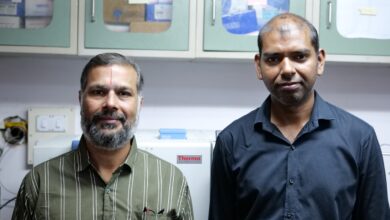Prime Minister Narendra Modi to Grace Pran Pratishtha Ceremony at Shri Ram Janmbhoomi Mandir in Ayodhya

In a momentous event, Prime Minister Narendra Modi is set to participate in the Pran Pratishtha (consecration) ceremony of Shri Ramlalla at the newly constructed Shri Ram Janmbhoomi Mandir in Ayodhya. Scheduled for January 22, 2024, at approximately 12 noon, this significant ceremony marks a historic milestone in the nation’s cultural and spiritual landscape.
Having received an invitation from the Shri Ram Janmbhoomi Trust in October 2023, Prime Minister Modi will join the ceremony attended by representatives from major spiritual and religious sects across the country. The gathering will also include individuals from various walks of life, with representatives from tribal communities, showcasing the inclusive nature of the event.
During the ceremony, Prime Minister Modi will address the distinguished gathering and interact with the shramjeevis (workers) who played a pivotal role in the construction of the Shri Ram Janmbhoomi Mandir. Additionally, he will visit Kuber Tila, where the ancient Mandir of Bhagwan Shiv has been meticulously restored, performing Pooja and Darshan at this revered temple.
The Shri Ram Janmbhoomi Mandir, an architectural marvel constructed in the traditional Nagara style, boasts impressive dimensions with a length of 380 feet, width of 250 feet, and height reaching 161 feet. Supported by a total of 392 pillars and 44 doors, the temple’s pillars and walls showcase intricate sculptures depicting Hindu deities.
The main sanctum sanctorum on the ground floor houses the childhood form of Bhagwan Shri Ram, represented by the idol of Shri Ramlalla. The Mandir comprises five Halls (Mandaps) – Nritya Mandap, Rang Mandap, Sabha Mandap, Prathana Mandap, and Kirtan Mandap. A historic Well (Sita koop) dating back to ancient times is situated near the Mandir.
Noteworthy is the construction technique employed in building the Mandir, utilizing a 14-meter-thick layer of roller-compacted concrete (RCC) for the foundation, resembling artificial rock. Distinctly, no iron has been used throughout the Mandir. The complex includes essential facilities such as a sewage treatment plant, water treatment plant, fire safety water supply, and an independent power station. The construction reflects a blend of traditional and indigenous technology, showcasing the country’s rich cultural heritage.








